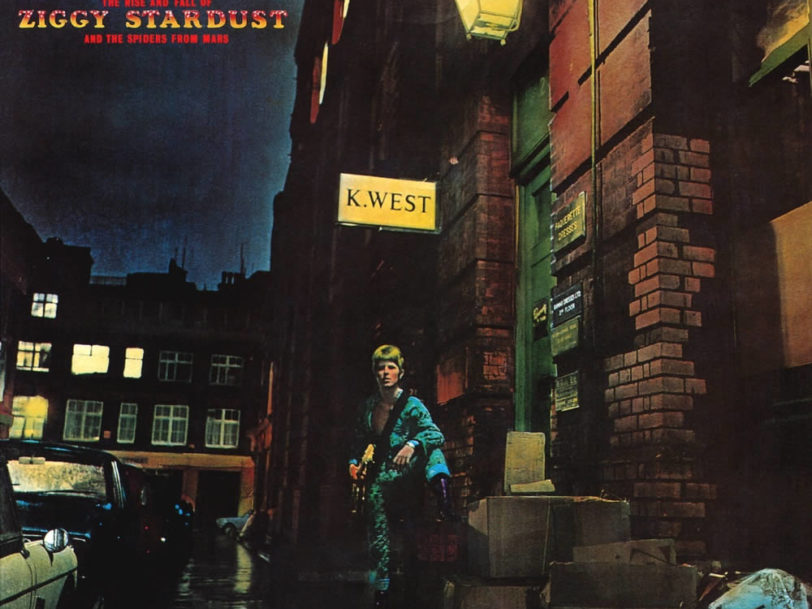There are plenty of seminal rock albums, but few have had the impact of David Bowie’s The Rise And Fall Of Ziggy Stardust And The Spiders From Mars. Frequently cited for its influence on glam, punk and all that came after, Bowie’s fifth album not only skyrocketed its creator to stardom, but also birthed a monster he couldn’t control. As Bowie told Rolling Stone around the time of 1974’s Diamond Dogs the Ziggy Stardust character “really grew out of proportion, got much bigger than I thought he was going to be – Ziggy just overshadowed everything”.
Listen to ‘The Rise And Fall Of Ziggy Stardust And The Spiders From Mars’ here.
“We thought it would have a six-month lifespan”
Bowie had little hope of putting Ziggy Stardust back in the bottle once he’d introduced his extraterrestrial alter ego to the world. Indeed, the seemingly magical Ziggy character connected with all discerning, pop-crazed youths on a level that the blues and progressive rock bands of the early 70s could never hope to reach.
However, while many still believe The Rise And Fall Of Ziggy Stardust And The Spiders From Mars arrived sounding fully formed and fabulous in the summer of 1972, the origins of Bowie’s legendary album can actually be traced back to the early part of 1970, when guitarist Mick Ronson and drummer Mick “Woody” Woodmansey joined Bowie at his suburban London residence, Haddon Hall, to start working up the songs for his third record, The Man Who Sold The World.
Though initially collaborating with Bowie on an ad hoc basis, Ronson and Woodmansey (along with bassist and fellow Hull native Trevor Bolder) again appeared on his fourth album, Hunky Dory, and they would soon mutate into Ziggy Stardust’s future backing group, The Spiders From Mars. The snappy Queen Bitch was the only Hunky Dory track to offer clues to Bowie’s imminent change of direction, but a September 1971 trip to New York City was also significant in that Bowie was introduced to both Lou Reed and Iggy Pop – maverick figures who would inform how the Ziggy Stardust album turned out.


